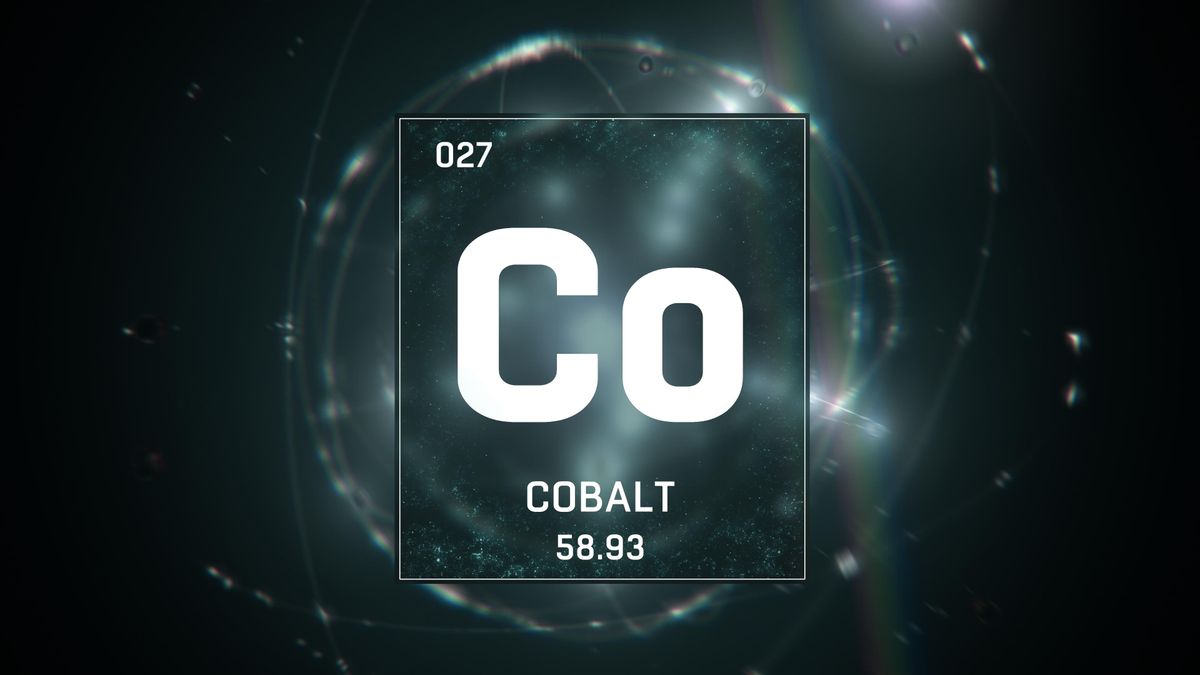
May 06, 2021
Key Highlights:
• Codrus Minerals Limited has lodged its IPO Prospectus with ASIC to raise a minimum of $5,000,000 and a maximum of $8,000,000.
• PAC Partners Securities Ltd and Westar Capital Limited appointed as Joint Lead Managers.
• Priority offer to eligible Blackstone shareholders up to 10,000,000 shares.
• Shannan Bamforth, experienced Exploration Geologist appointed as Managing Director.
• Highly prospective Gold IPO with the spin-out of the Western Australian gold assets, including the Silver Swan South Project, Red Gate Project and the Middle Creek Project
• The Bull Run project in Oregon USA, consisting of 90 claims in Baker County in Eastern Oregon, prospective for gold and has been mined since 1929.
• Blackstone to be a substantial shareholder of Codrus.
Blackstone Minerals Limited (“Blackstone” or the “Company”) (ASX:BSX) is pleased to announce that its wholly owned subsidiary, Codrus Minerals Limited (“Codrus”), has lodged a Prospectus with ASIC to raise $5,000,000 in new equity via an IPO and ASX Listing. A copy of the Codrus Prospectus can be obtained from www.codrusminerals.com.au.
Blackstone shareholders will be given priority under a 10,000,000 share Priority Offer for eligible shareholders with a Record Date of 6
th of May 2021.
Codrus will be led by Mr Shannan Bamforth, a geologist with over 20 years’ experience in the resources industry with a focus on base metals and gold. Mr Bamforth comes to Codrus from Sandfire Resources where he worked in the role of General Manager Geology since
2010.
In addition to the Managing Director appointment, Mr Andrew Radonjic Non-Executive Chairman and Jamie Byrde Non-Executive Director have also been appointed to the Board of Codrus Minerals Limited.
Blackstone Minerals’ Managing Director Scott Williamson commented:
“We are delighted to announce the IPO Prospectus for Codrus, enabling Blackstone to create shareholder value with a valuation of $7m in new Codrus shares received from the non-core gold portfolio, while we remain focused on our Ta Khoa Ni-PGE-Cu-Co project in Vietnam as well as retaining the Gold Bridge Project in Canada. I wish the Codrus team well for a successful IPO and listing in the near term. “
The Conversation (0)
25 July
Blackstone Minerals
A diversified developer of battery-grade nickel and copper-gold assets in Southeast Asia
A diversified developer of battery-grade nickel and copper-gold assets in Southeast Asia Keep Reading...
31 October
Top 5 Canadian Cobalt Stocks of 2025
Cobalt prices regained momentum in the third quarter of 2025 as tighter export controls from the Democratic Republic of Congo (DRC) fueled expectations of a market rebound. After languishing near multi-year lows early in the year, the metal surged to US$47,110 per metric ton in late October, its... Keep Reading...
27 October
Top 3 ASX Cobalt Stocks of 2025
Cobalt is used in a wide variety of industrial applications, with lithium-ion batteries for electric vehicles (EVs) and energy storage systems as the largest demand segment. As an important battery metal, cobalt's fate is tied to demand for EVs. The EV market may be facing headwinds now, but the... Keep Reading...
24 October
Cobalt Market Update: Q3 2025 in Review
Tight export controls out of the Democratic Republic of Congo (DRC) added tailwinds to cobalt prices in Q3, prompting market watchers to anticipate a shift from oversupply to balance in the coming months. After starting the year at lows unseen since 2016 (US$21,502 per metric ton), cobalt began... Keep Reading...
16 October
US Cancels US$500 Million Cobalt Tender in Setback for Critical Minerals Strategy
The US Department of Defense has canceled its long-awaited plan to buy up to US$500 million worth of cobalt, a mineral vital to electric vehicles, jet engines and advanced weapons systems.The Defense Logistics Agency (DLA) confirmed the cancellation in a notice published Wednesday (October 15),... Keep Reading...
02 October
Fortune Minerals Advancing NICO Project to Mine Construction Decision in 2026
Fortune Minerals (TSX:FT,OTCQB:FTMDF) is advancing its NICO cobalt-gold-bismuth-copper-critical minerals project in Canada toward a project construction decision by late 2026. Robin Goad, president and CEO, shared how government funding has been essential to advancing the NICO project.Fortune... Keep Reading...
22 September
DRC to End Cobalt Export Ban, Move to Quota System
The Democratic Republic of Congo (DRC) announced it will lift its eight month cobalt export ban on October 16, replacing it with annual quotas designed to stabilize global supply and prices.Bloomberg reported that the country's Authority for the Regulation and Control of Strategic Mineral... Keep Reading...
Interactive Chart
Latest Press Releases
Related News
TOP STOCKS
American Battery4.030.24
Aion Therapeutic0.10-0.01
Cybin Corp2.140.00





